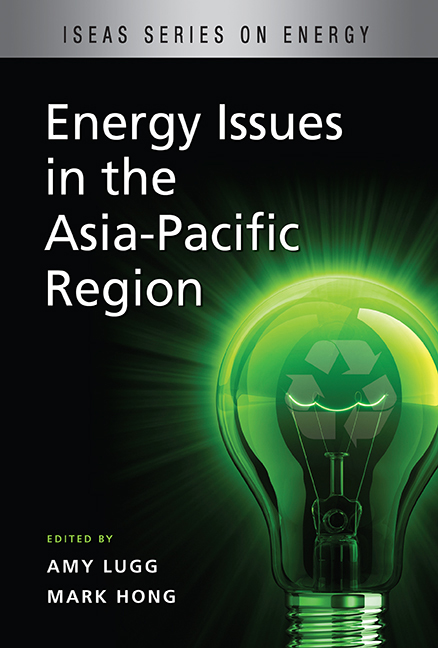10 - Japan's Energy Supply-Demand Situation, Energy Conservation Policy, and Energy Challenges
from JAPAN
Published online by Cambridge University Press: 21 October 2015
Summary
ABSTRACT
In the decade after World War II, the main energy source in Japan was coal, which was replaced gradually by oil in the 1970s. After the two oil shocks of the 1970s, awareness of the need for energy conservation grew. Active efforts were made to shift to a post-oil economy, with reduced reliance on oil and a shift to coal, natural gas, and nuclear power. However, the question of how to secure a stable oil supply remains a major challenge for Japan, as the country still depends on oil for much of its energy supply. The manufacturing industries have curbed their final energy consumption despite the subsequent economic recovery, thanks to an industrial structure that shifted emphasis from materials to IT and other industries, and to the introduction of energy conservation technology in response to a rise in energy prices. The income elasticity of energy (GDP elasticity) is a useful yardstick for directly examining the relationship between economic growth and energy consumption. The energy demand of a country is essentially determined not only by the size of its economy but also by a variety of factors such as its industrial structure, the lifestyle of its people, the level of its technology, and the condition of its climate. As a result of the two oil crises, change in Japan's industrial structure was undertaken and energy efficiency improved during this period. The two oil crises of the 1970s raised awareness of the importance of energy conservation and led to the implementation of energy conservation measures, including the establishment of legislation, various subsidies, and tax measures. In recent years, Japan's energy security has remained fragile not only because of a rise in the crude oil price but also because of the growing energy demand of Asian countries such as China and India and increasing oil dependence on the Middle East.
- Type
- Chapter
- Information
- Energy Issues in the Asia-Pacific Region , pp. 219 - 262Publisher: ISEAS–Yusof Ishak InstitutePrint publication year: 2010



